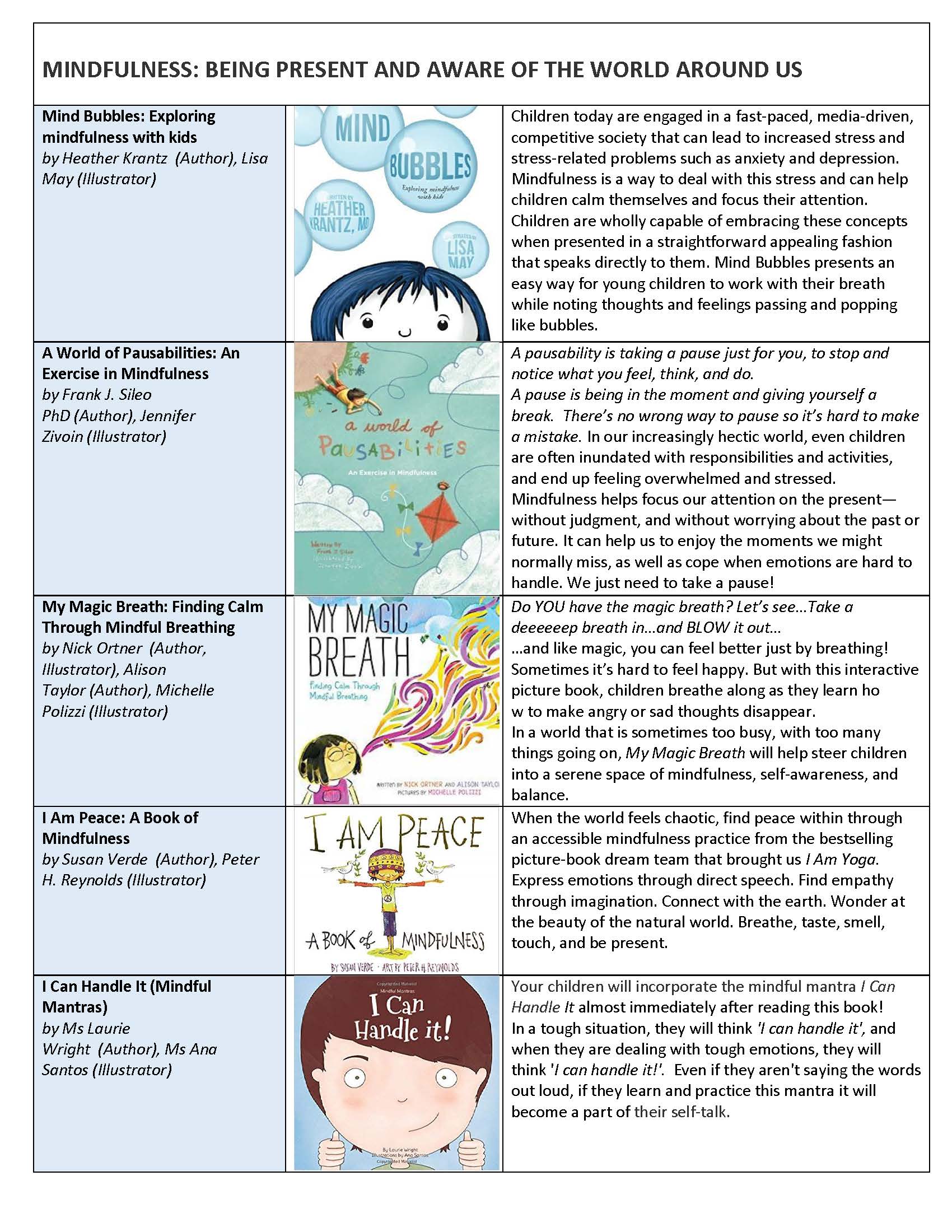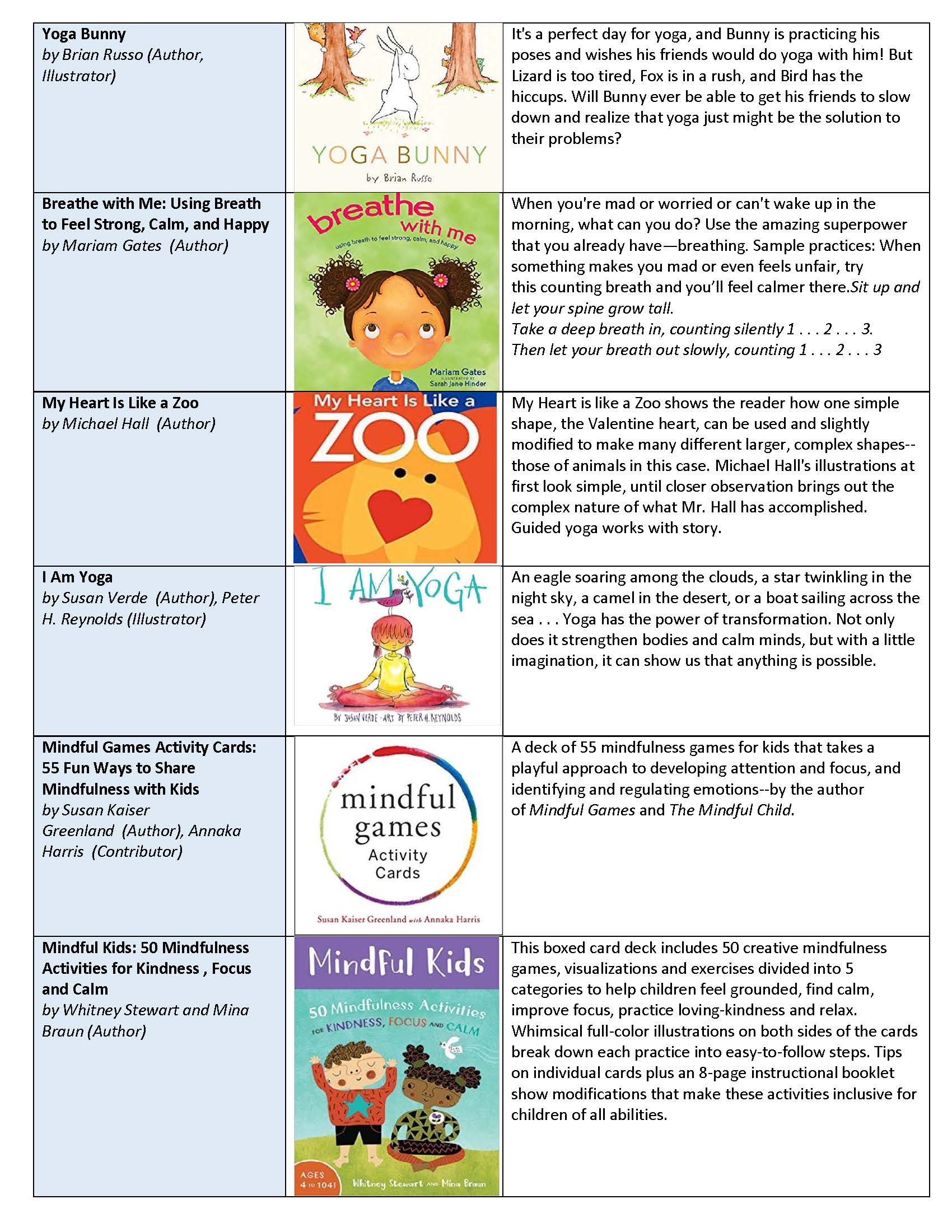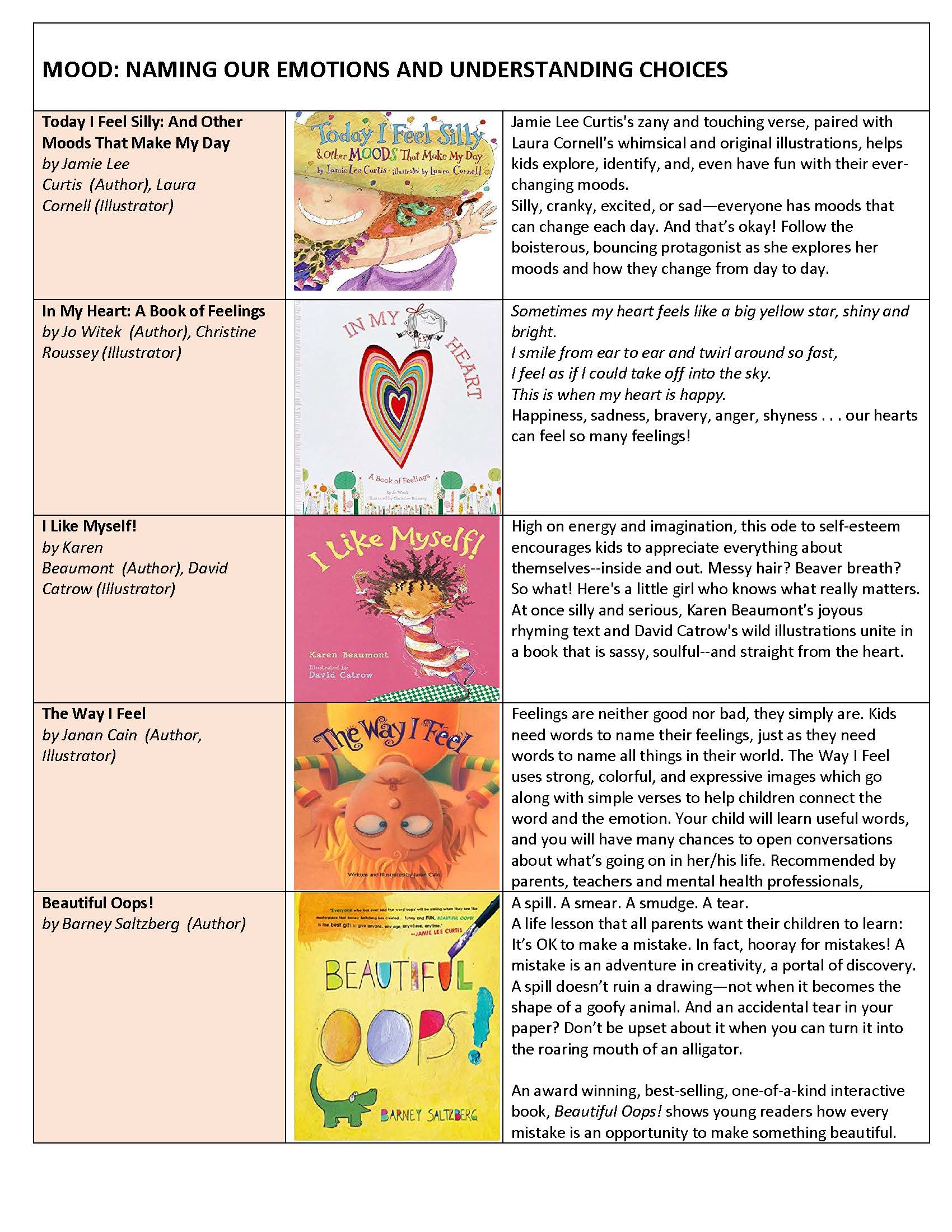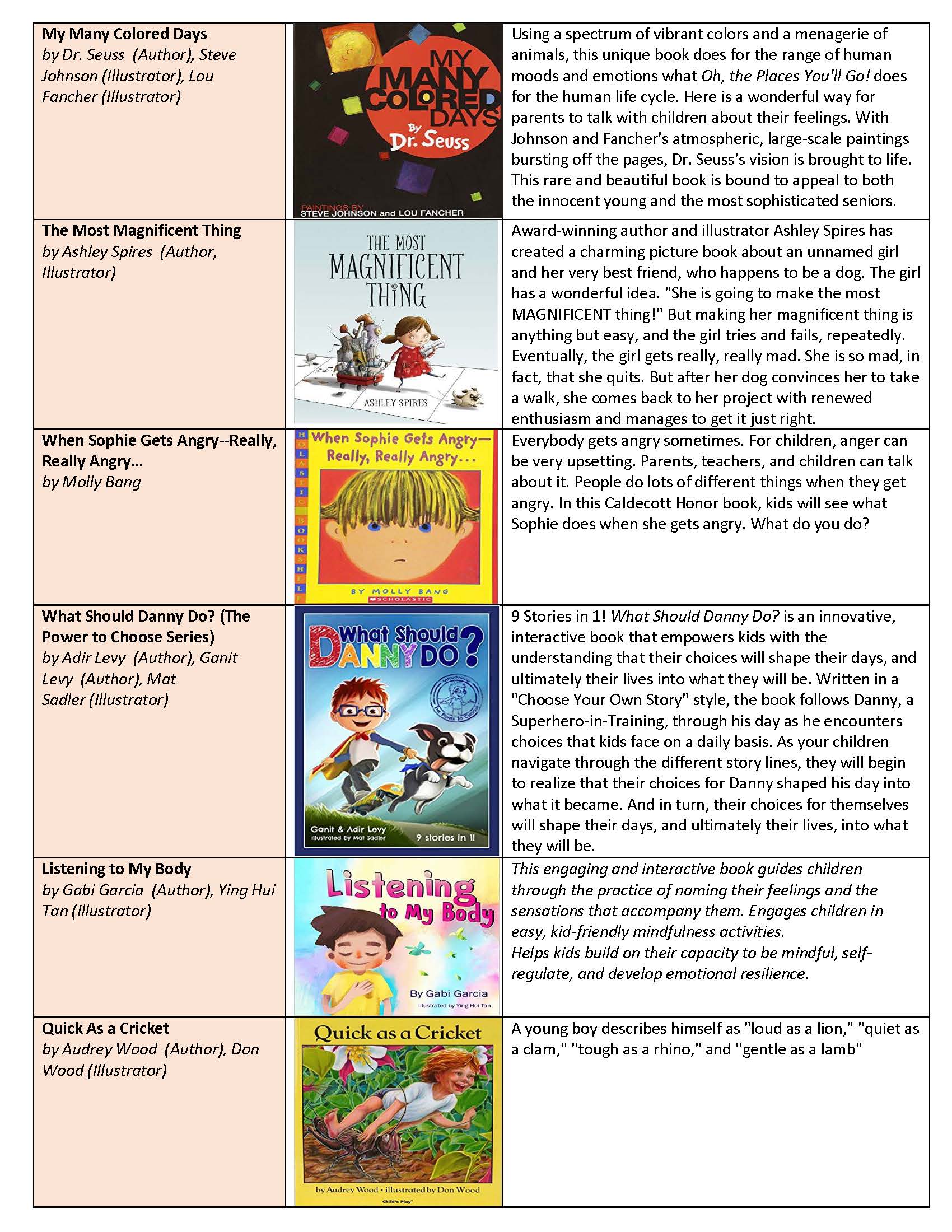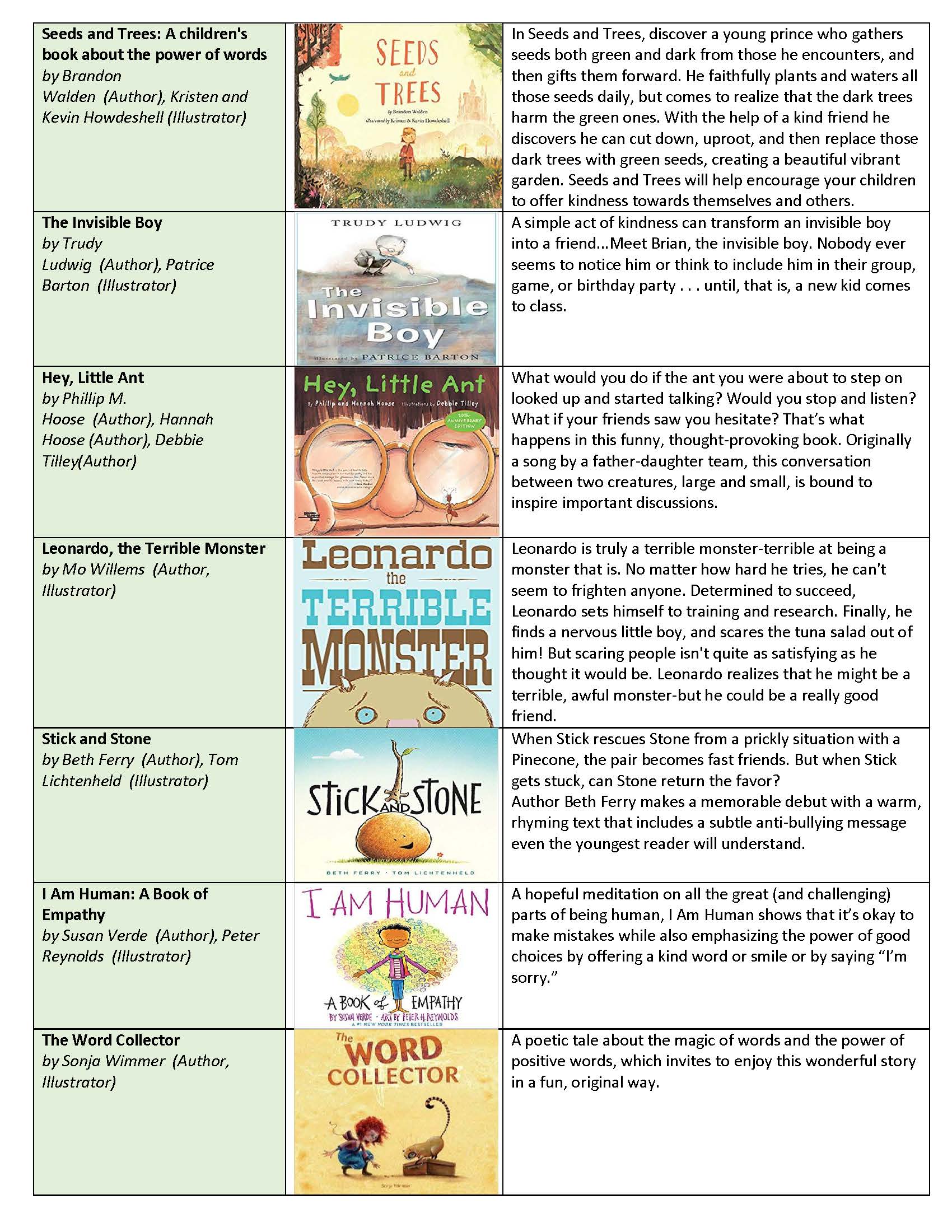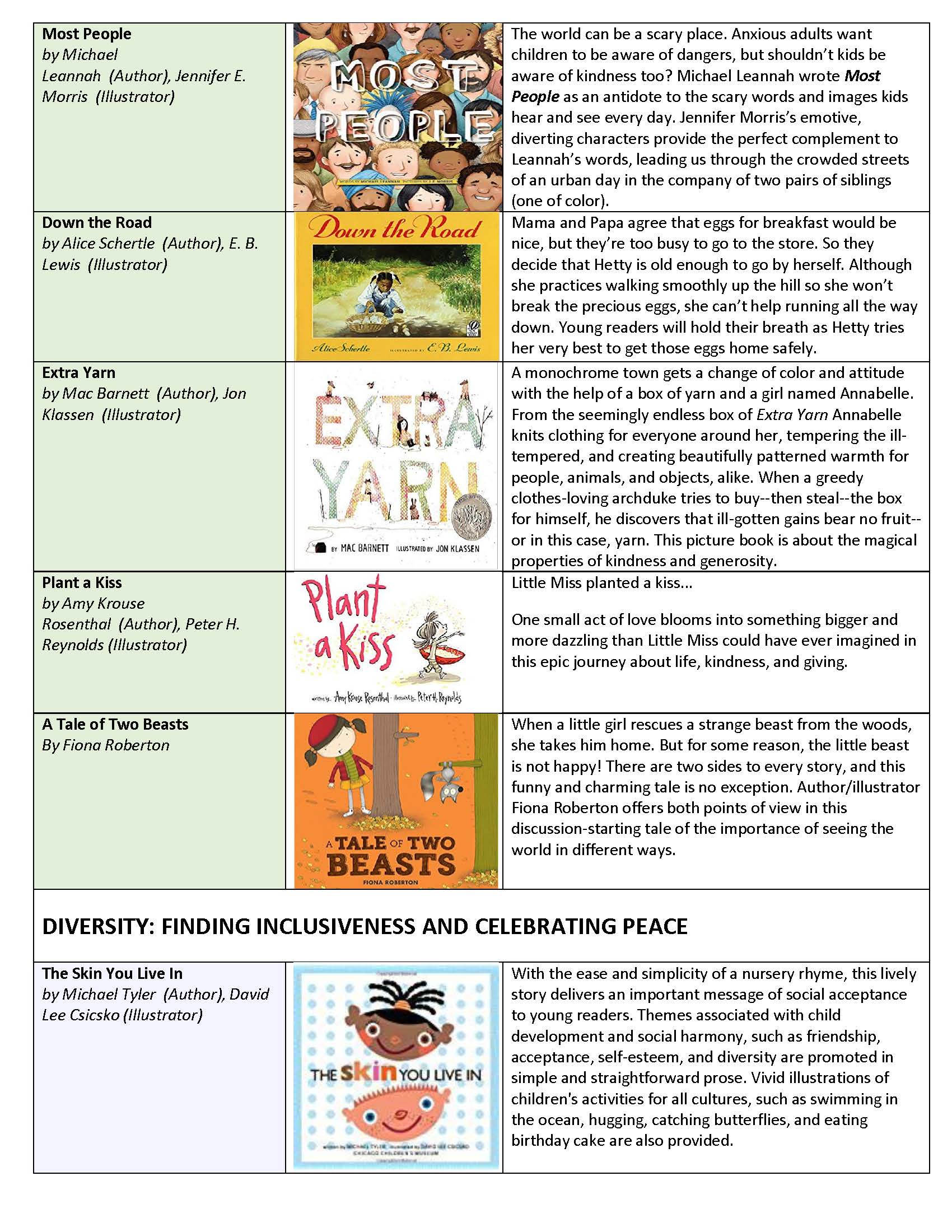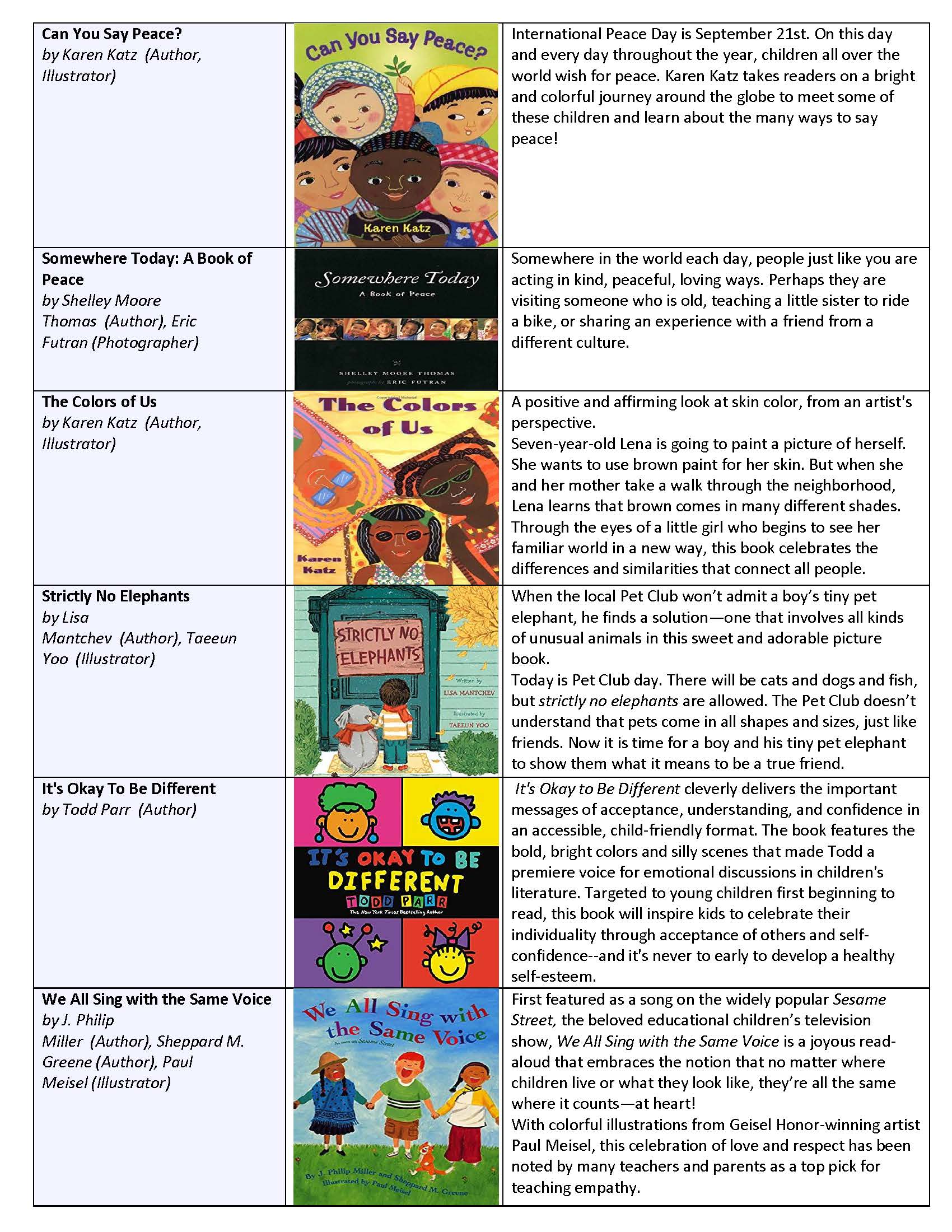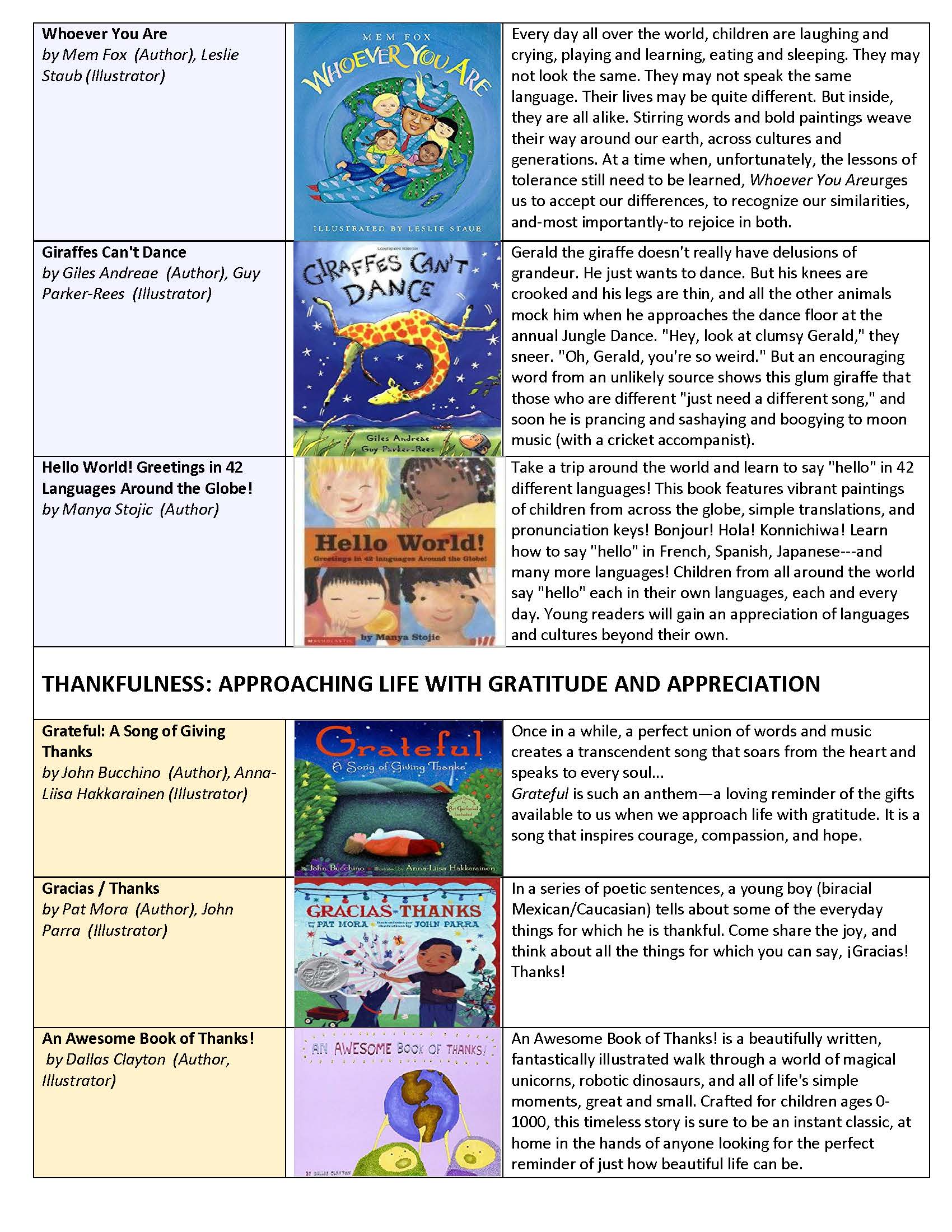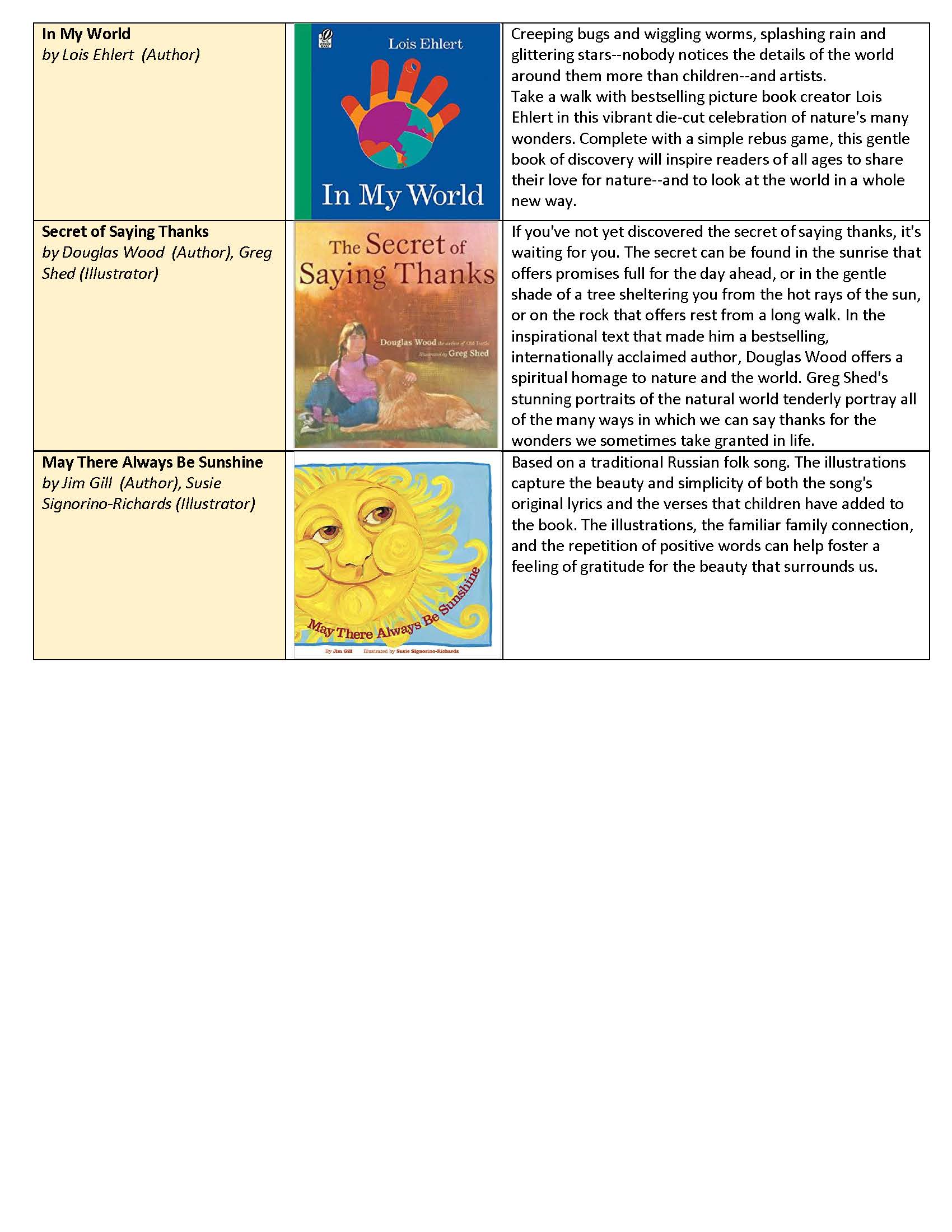Our Approach to Curriculum
Our curriculum was written by Tami Barbour based on 20+ years of practical experience teaching preschoolers in our classroom combined with education theory gained from completing her Master’s Degree in Education and nearly a decade of teaching the Child Development Associates Program.
At Wee Friends, our ultimate curriculum goal is to foster a love of learning and inquisitiveness that will translate into a lifelong quest for knowledge while simultaneously assuring that every Wee Friend child is prepared for the academic and social challenges of elementary school. Our constructivist approach to education blends the best of emergent curriculum with thoughtful academic learning goals outlined in our Framework for Academic Balance Curriculum (FAB). Our classroom values the whole child so we meet social emotional developmental goals in our Mindful Attention with Curiosity and Kindness Curriculum (MACK).
FAB Curriculum
To ensure the right ratio of child initiated academic activities to teacher directed Developmentally Appropriate Practice (DAP) academic activities, our Framework for Academic Balance ensures our older preschoolers and kindergartners have been offered activities that encompass the Indiana Academic Standards for Kindergarten. Our FAB curriculum does not compromise or change our constructivist learning environment because the activities are always connected to our emergent curriculum and incorporated naturally into our day. Our program has a very high teacher to child ratio and this means our lessons can be customized to the individual level of each child participating. This combination works extremely well for preparing children for their next level of education.
Our FAB cycles begin each September and include math and literacy goals over a 12 week time frame. Science and social study topics are covered in intervals between the 12 week cycles. In addition to our FAB curriculum, children participate in daily routines that support their academic growth including daily journaling, individual and group story times, message boards, pop up teacher-directed and/or teacher supported learning activities, and an abundance of educational materials at their disposal for self-initiated learning. See our bibliography below for publications that helped develop our FAB curriculum.
MACK Curriculum
In an early childhood classroom, social emotional learning opportunities are naturally presented everyday as children learn to navigate their own emotions and friendships with peers. Our Mindful Attention with Curiosity and Kindness curriculum provides teachers with direct-teaching learning goals in 5 areas over a 12 week cycle. As with our academic curriculum, our social emotional learning goals provide flexibility so our teachers can customize each lesson to the group of children and the social emotional challenges they are experiencing at that given time. Because children’s literature is such a great way to present and create discussions about morals and ethics, Wee Friends has accumulated a resource library of over 60 children’s books (MACK Children’s Book Library) which cover our MACK topics of:
- Mindfulness: Paying attention on purpose in the present moment with kindness and curiosity
- Emotions: Recognizing and naming emotions in themselves and others
- Acts of Kindness and Friendship: Defining and demonstrating kindness and exploring facets of friendship
- Peace and Diversity: Celebrating the differences and similarities that connect all people
- Gratitude: Learning about gratitude and recognizing things they are grateful for in their lives
See our bibliography below for publications that helped develop our MACK curriculum.
FURTHER INFORMATION
What is constructivism?
Constructivism is an educational theory where learning is perceived as an active, not a passive, process, where knowledge is constructed, not acquired, and knowledge construction is based on personal experiences and the continual testing of hypotheses. At Wee Friends, we know that children are most likely to retain knowledge when they are engaged in hands on real-world problem solving about situations in which they are emotionally invested. Because children are naturally inquisitive, opportunities for interesting new topics to study are easy to find in our classroom and integrated across the curriculum. Our qualified and passionate teachers are able to carefully observe and act on those interest as they emerge. Additionally, with our great teacher-child ratio, our teachers are able to balance our curriculum between very individualized direct teaching and child initiated interests.
What do we mean by child-initiated and emergent curriculum?
“Child-initiated play supports children in having ideas and being in control of their learning. It enables them to learn through first-hand experiences, allowing them to choose how to use the resources to do so. Child-led activities may start out as an adult initiated activity however by allowing the child space and time; the child may extend the resources and ideas given to create their own experience.” http://www.earlyyearscareers.com/eyc/learning-and-development/child-initiated-play-important/
“Emergent curriculum is a way of planning curriculum that is based on the children’s interest and passion at a certain point in time. Children thrive and learn best when their interests are captured. Learning occurs naturally. Planning emergent curriculum requires observation, documentation, creative brainstorming, flexibility and patience on the part of the Early Childhood Educator. Rather than starting with the lesson plan which is repeated every year regardless of the age, developmental level or interests of the children, emergent curriculum starts with the children’s interest. In short, it is a child-directed and teacher facilitated approach to planning the curriculum.” https://www.semanticscholar.org/paper/The-Emergent-Curriculum-Ludman/adb406d4cece56f14807918b2aeb7366321771cd
What are Developmentally Appropriate Practices?
A Developmentally Appropriate Practices DAP classroom has a lot of bustle and noise and children are up doing things: talking, playing, and exploring. This environment differs from the old grade-school images of a teacher doing a lot of talking at a blackboard while children sit and listen quietly at their desks.
Research and experience tell us that to be effective with young children, teaching needs to be “developmentally appropriate.” What this means is simply that educators need to think first about what young children are like and then create an environment and experiences that are in tune with the children’s characteristics. Children ages 2-6 learn far better through direct interactive experiences than through just listening to someone talk and learn extraordinary amounts through play and exploration. And the younger children are, the more what they learns needs to be relevant and interesting on the day they learn it, not just in the context of some future learning.
Here are some developmentally appropriate practices that you will find at Wee Friends:
- We will support children’s play by providing space, opportunity and interesting materials. Children will be exploring, establishing environments, solving problems, and developing shared understandings.
- Children will be taking control of their learning through the power of CHOICE. They will choose the activities they want, the peers with whom they will work and play, and how they will appropriately use available materials.
- We focus on the process versus the product. We allow the freedom to try out things without worrying about a product to “take home.”
- We provide an assortment of art materials that children may choose from to make their own unique creations. As the children independently draw, paint, and sculpt they think creatively, make decisions, solve problems, and develop fine motor skills. All of these activities prepare children for writing in later years.
- We encourage the children to begin the journey of literacy. Long before children learn to read and write they are learning the skills necessary for this. Individual interactions with a teacher help children as they move through the natural stages of literacy.
- The outdoor environment is an extension of our classroom and is used daily.
FAB BIBLIOGRAPHY
“Approaches to Natural Learning: Montessori, Reggio Emilia, and Waldorf.” Natural Parent Network, naturalparentsnetwork.com/approaches-to-natural-learning-montessori-reggio-emilia-and-waldorf/.
Biermeier, Mary Ann. “Inspired by Reggio Emilia: Emergent Curriculum in Relationship-Driven Learning Environments.” NAEYC, Young Children, Nov. 2015, www.naeyc.org/resources/pubs/yc/nov2015/emergent-curriculum.
Bowman, John, and Heidi Anne Spietz. Help Your Preschooler Build a Better Brain: Early Learning Activities for 2-6 Year Old Children. Montessori at Home!, 2013.
Britton, Lesley. Montessori Play and Learn: A Parents’ Guide to Purposeful Play from Two to Six. Vermilion, 1992.
“Constructivism.” Learning Theories, 8 Sept. 2016, www.learning-theories.com/constructivism.html.
“Constructivist Learning Theory.” Exploratorium, 7 Oct. 2016, www.exploratorium.edu/education/ifi/constructivist-learning.
Dodge, Diane Trister., et al. The Creative Curriculum for Preschool. Teaching Strategies, 2009.
Dombro, Amy Laura, et al. The Creative Curriculum for Infants & Toddlers. Teaching Strategies, 2000.
Edwards, Carolyn P., et al. The Hundred Languages of Children: the Reggio Emilia Experience in Transformation. Praeger, 2012.
“Engage Your Early Learners Using Provocations in Early Education.” Educa, 13 Sept. 2017, www.geteduca.com/blog/engage-early-learners-using-provocations/.
Forman, George E., and Fleet Hill. Constructive Play: Applying Piaget in the Preschool. Exchange Press, 2007.
Gandini, Lella, et al. Bambini: the Italian Approach to Infant-Toddler Care. Teachers College Press, 2001.
Gandini, Lella, et al. In the Spirit of the Studio: Learning from the Atelier of Reggio Emilia. Teachers College, 2015.
Gestwicki, Carol. Developmentally Appropriate Practice: Curriculum and Development in Early Education. Thomson Delmar Learning, 2007.
Gettman, David. Basic Montessori: Learning Activities for under-Fives. Clio, 2003.
Hein, George. “Constructivist Learning Theory.” Ed Tech Policy, 15 Oct. 1991, beta.edtechpolicy.org/AAASGW/Session2/const_inquiry_paper.pdf.
Hewett, Valarie Mercilliott. “Examining the Reggio Emilia Approach to Early Childhood Education.” SpringerLink, Kluwer Academic Publishers-Plenum Publishers, 2001, link.springer.com/article/10.1023%2FA%3A1012520828095.
Lillard, Paula Polk., and Lynn Lillard. Jessen. Montessori from the Start: the Child at Home from Birth to Age Three. Schocken Books, 2003.
Mcleod, Saul. “Learning Theory in Education”, Simply Psychology, 1 Jan. 1970, www.simplypsychology.org/bruner.html.
Montessori, Maria, and Nancy McCormick. Rambusch. Dr. Montessori’s Own Handbook: Schocken Books, 1965.
Montessori, Maria. The Absorbent Mind. Henry Holt, 1995.
Siegel, Daniel J., and Tina Payne. Bryson. The Whole-Brain Child: 12 Revolutionary Strategies to Nurture Your Child’s Developing Mind. Langara College, 2016.
Wien, Carol Anne. Power of Emergent Curriculum – Stories from Early Childhood Settings. National Association For The E, 2014.
Wurm, Julianne. Working in the Reggio Way: a Beginner’s Guide for American Teachers. Redleaf Press / NAEYC, 2005.
MACK BIBLIOGRAPHY
A. Hymel, Kimberly, and Shelley. “Educating the Heart as Well as the Mind: Social and Emotional Learning for School and Life Success.” Education Canada, Canadian Education Association. Http://Www.cea-Ace.ca/Home.cfm, 30 Nov. 2006.
Bailey, Rebecca Anne. Conscious Discipline: 7 Basic Skills for Brain Smart Classroom Management. Loving Guidance, 2001.
Bailey, Rebecca Anne. Conscious Discipline: Building Resilient Classrooms. Loving Guidance, 2015.
Delahooke, Mona. Beyond Behaviors: Using Brain Science and Compassion to Understand and Solve Children’s Behavioral Challenges. PESI Publishers, 2019.
Jessop, Margaret Ann. Hornets and Hippos: How to Use Imagination, Mindfulness, and Brain Science to Decrease Fear and Anger and Reach Your Goals. CreateSpace, 2017
Joseph, Gail E., and Phillip S. Strain. “Enhancing Emotional Vocabulary in Young Children.” Young Exceptional Children, vol. 6, no. 4, 2003, pp. 18–26., doi:10.1177/109625060300600403.
“Kindness vs. Cruelty: Helping Kids Hear the Better Angels of Their Nature.” NPR News, 5 July 2019. www.mprnews.org/story/2019/07/05/npr-kindness-vs-cruelty-helping-kids-hear-the-better-angels-of-their-nature.
Lasevoli, Brenda. “Here’s What a ‘Kindness Curriculum’ Looks Like.” Education Week, 20 Sept. 2017, blogs.edweek.org/edweek/curriculum/2017/09/kindness_curriculum_shown_to_i.html.
Mautz, Scott. “A Harvard Psychologist Says Kids Who Grow Up Kind Have Parents Who Do These 5 Things.” Inc.com, Inc., 18 Apr. 2019, www.inc.com/scott-mautz/want-to-raise-kind-children-a-harvard-psychologist-says-do-these-5-things.html.
Rice, Judith. The Kindness Curriculum: Introducing Young Children to Loving Values. Redleaf Press, 2002.
Rice, Judith. The Kindness Curriculum: Stop Bullying before It Starts. Redleaf Press, 2013.
“The Kindness Curriculum”, The Center for Healthy Minds University of Wisconsin Madison, 2019. centerhealthyminds.org/join-the-movement/sign-up-to-receive-the-kindness-curriculum.
OUR MACK CHILDREN’S BOOKS LIBRARY

